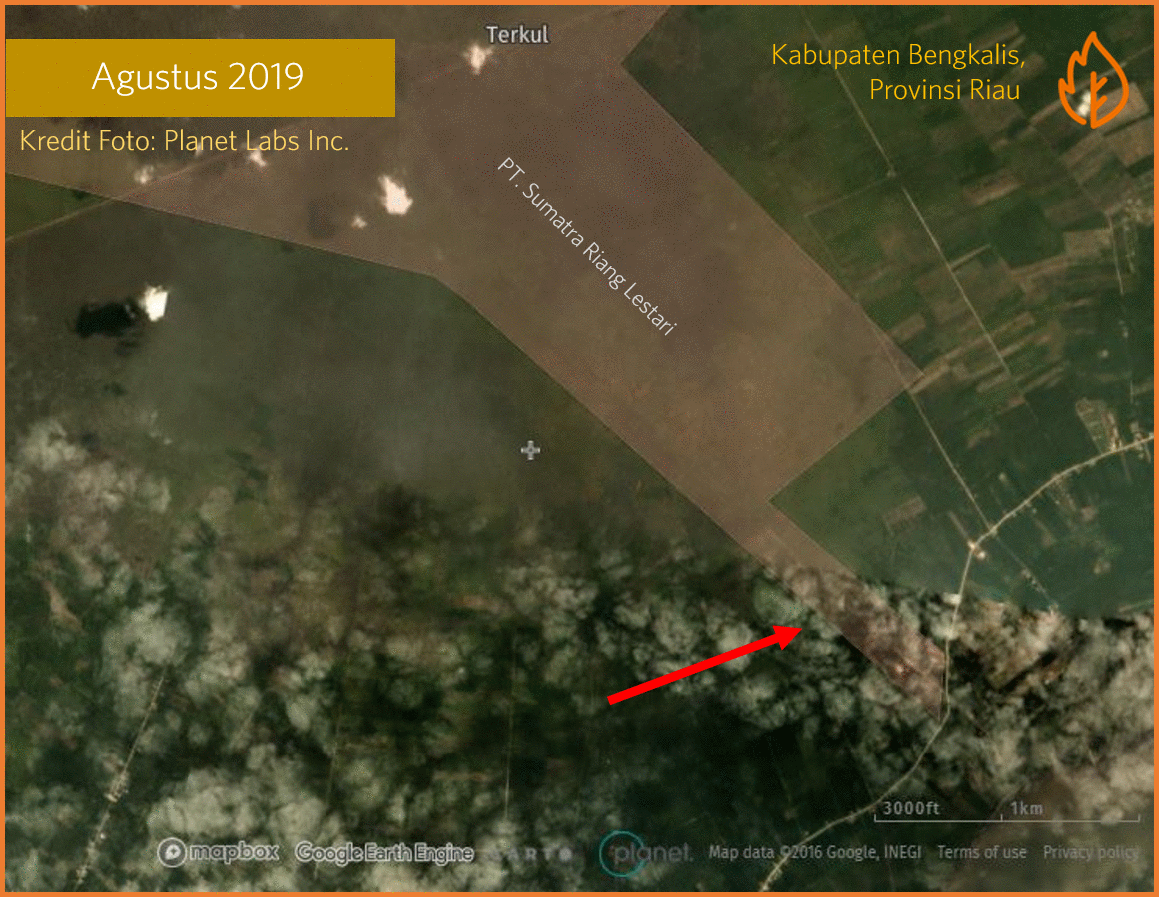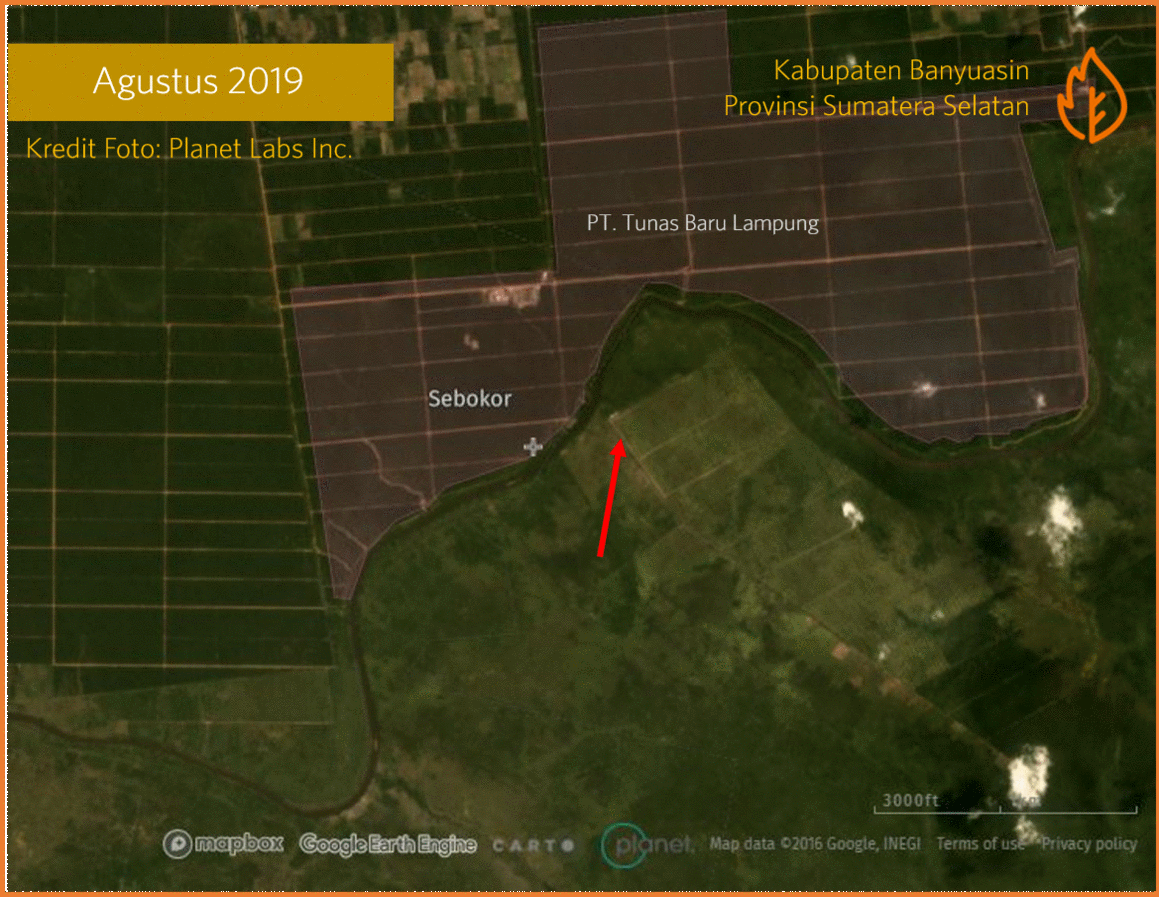Whitewashing Illegal Palm Oil Corporation: A Poor Practice in Palm Oil Governance Aggravating Environmental Crimes
By AdminThe Fate of Indonesia’s Peat Restoration
Indonesia’s peatlands were on fire again in 2019 despite restoration activities that the Peat Restoration Agency (BRG) had been carrying out since its establishment in 2016. Although not as severe as the ones in 2015, the 2019 peat fires indicate the lack of results from restoration commitments and improvements to peat protection regulations.
The results of Pantau Gambut's recapitulation on restoration performance achievements until the end of 2019 show that millions of peat areas have been claimed to be restored by the government according to the five-year strategic plan that has been prepared. The state agencies that are currently organizing peat ecosystem restoration activities are currently the KLHK and the BRG.
The two agencies annually publish the major achievements of peat restoration performance based on the area (hectare) that has been restored. However, this achievement claim is not accompanied by detailed information on how to measure the success of the restoration activities that have been carried out.
Pantau Gambut's analysis shows that 69% of the peat area outside the concession permits burned during January – December 2019. From the total non-concession areas that burned, Pantau Gambut found that 36% or around 127,289.69 ha of fires were located within a radius of one km from the outermost boundary of the concession is located on the peat. The majority of the land cover that was burned in the area was in the form of shrubs and plantations.
The Peat Monitoring Team visited several sample locations in the provinces of Aceh and Riau in 2019. The selection of observation locations was focused on areas that had been built with canal blocks in the 2016 – 2018 period, but still hotspots were detected by the VIIRS sensor with a high level of confidence. Pantau Gambut noted two things from field observations, including:
First, there were several canal blocking locations that were not on target because they were built not based on the level of vulnerability to annual fires, so that they had not been able to optimally moisten the peat. The findings of a field study to Teluk Nilap Village, Rokan Hilir Regency, Riau showed that the canal blocking that BRG had built in 2018 was in a location that was quite far from fire-prone areas and areas that were currently burning at the time.
Second, there were several canal blocking infrastructures that were damaged or destroyed due to the very fast water flow. This can also happen due to the absence of maintenance, so that the infrastructure is unable to hold water optimally. This situation also adds to the government's list of homework to ensure the condition and maintenance of the peat restoration infrastructure that has been built.
Read the full Pantau Gambut study on "The Fate of Indonesian Peat Restoration" as attached.





